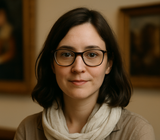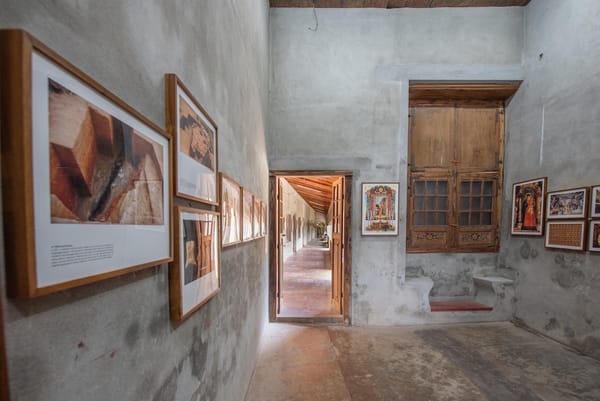The Life and Work of Influential Artists from the Past Century
From Picasso’s Cubist revolution to Ai Weiwei’s political provocations, explore the remarkable lives and works of the past century’s most influential artists, whose creativity reshaped art, culture, and the way we see the world.
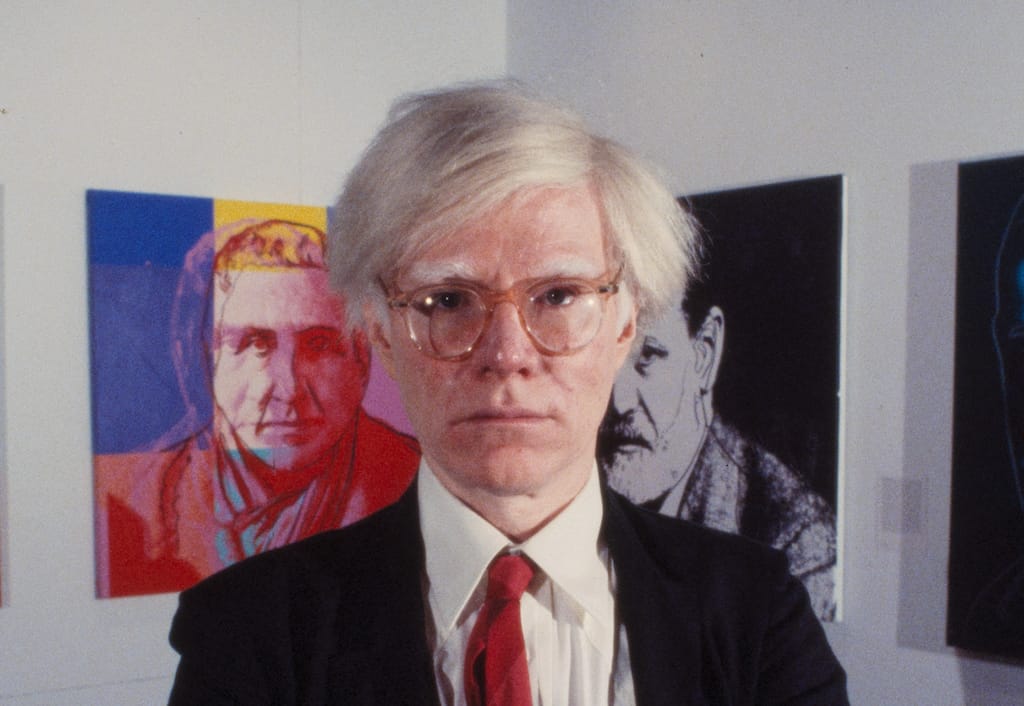
The past hundred years have been among the most transformative in art history. From the revolutionary movements of the early twentieth century to the digital innovations of our own time, artists have redefined what art can be, who it is for, and how it interacts with society. This period has witnessed the rise and fall of movements, the crossing of cultural and political boundaries, and a profound expansion of the definition of art itself. Here, we explore the lives and works of some of the most influential artists from the past century, tracing their impact on both the art world and the wider cultural landscape.
Pablo Picasso: A Life in Constant Reinvention
Pablo Picasso remains an enduring figure in twentieth-century art, a man whose career spanned more than seventy years and whose style evolved in ways that constantly challenged his audience. Born in Málaga, Spain, in 1881, Picasso demonstrated prodigious artistic ability from a young age. By his teenage years, he had already mastered academic painting, yet it was his restless need to innovate that defined his career.
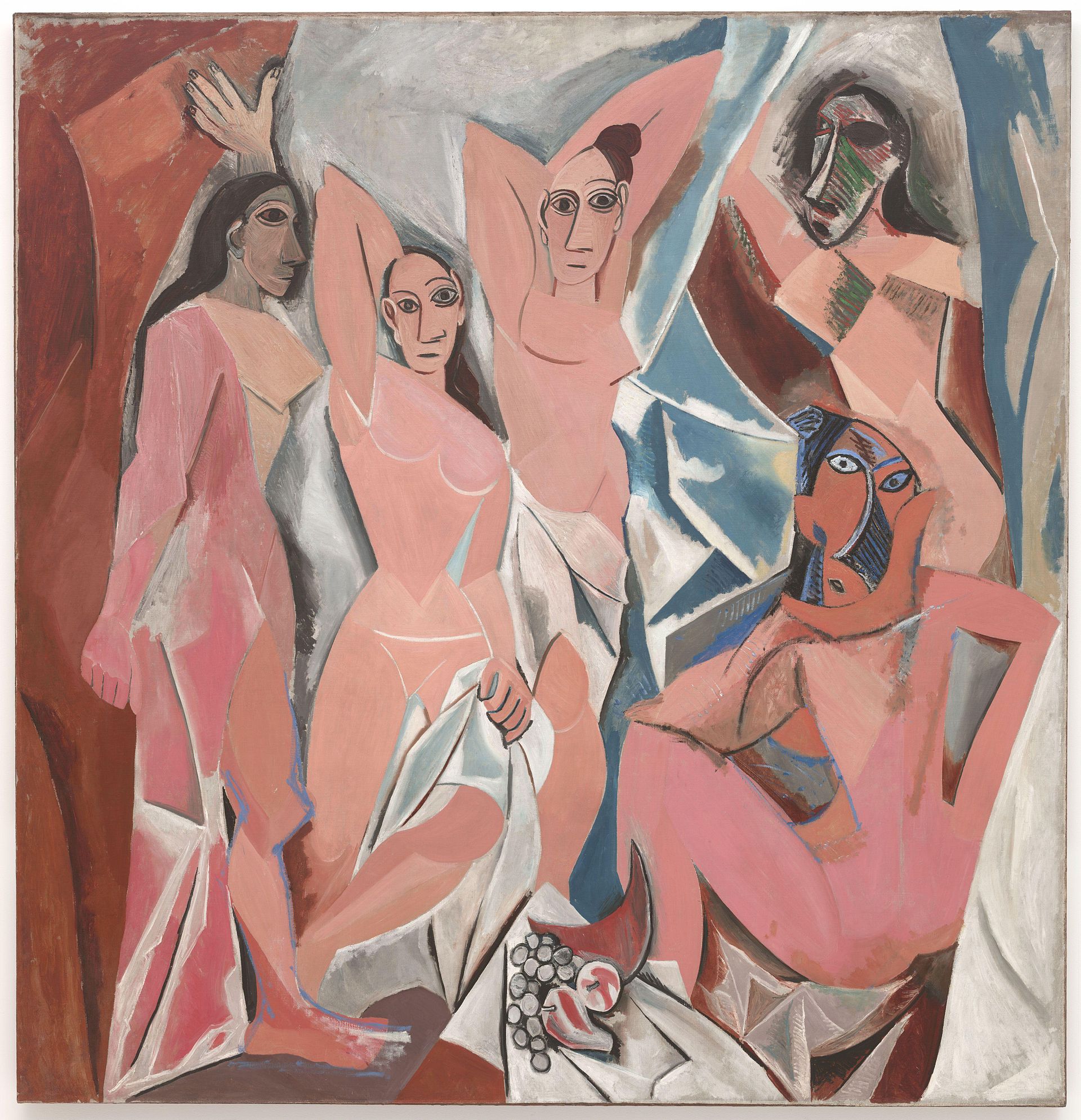
In 1907, Picasso, alongside Georges Braque, pioneered Cubism—a radical departure from traditional perspective. Works such as Les Demoiselles d’Avignon fractured the human form into geometric shapes, opening the door for abstraction. Later, his Guernica (1937) became one of the most powerful anti-war statements in history, responding to the bombing of the Basque town during the Spanish Civil War. Picasso’s prolific output encompassed painting, sculpture, ceramics, and printmaking, cementing his reputation as a chameleon of modern art whose influence still resonates today.
Frida Kahlo: Art as Personal and Political Expression
If Picasso embodied reinvention, Frida Kahlo epitomised resilience and authenticity. Born in 1907 in Mexico City, Kahlo’s life was shaped by physical suffering—first from polio as a child and later from a devastating bus accident that left her in chronic pain. Confined to bed for long periods, she turned to painting as a means of self-expression.
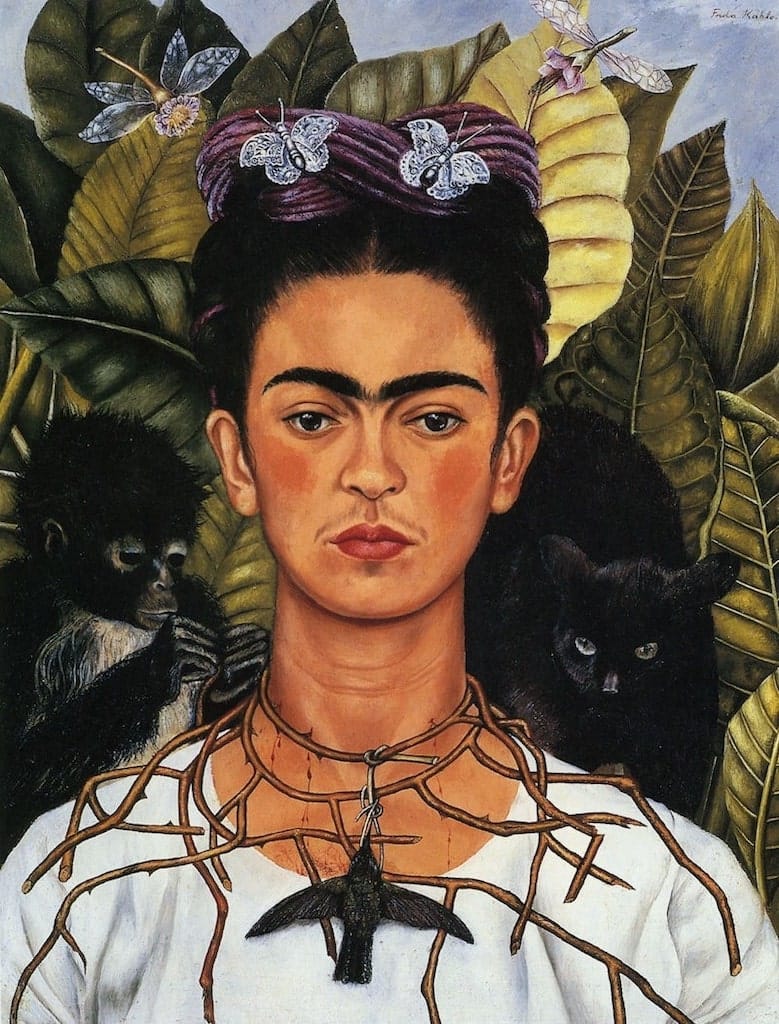
Kahlo’s works are deeply autobiographical, often merging symbolism, surreal imagery, and elements of Mexican folk culture. In paintings like The Two Fridas and Self-Portrait with Thorn Necklace and Hummingbird, she explored themes of identity, gender, colonial history, and the female experience. While she was long overshadowed by her husband, the celebrated muralist Diego Rivera, Kahlo’s reputation has soared in recent decades, making her a feminist and cultural icon whose life and art are inseparable.
Jackson Pollock: Redefining the Canvas
In post-war America, a new generation of artists sought to break free from European traditions. Among them, Jackson Pollock emerged as a leading figure of Abstract Expressionism. Born in Wyoming in 1912, Pollock moved to New York City, where he developed his unique drip-painting technique.
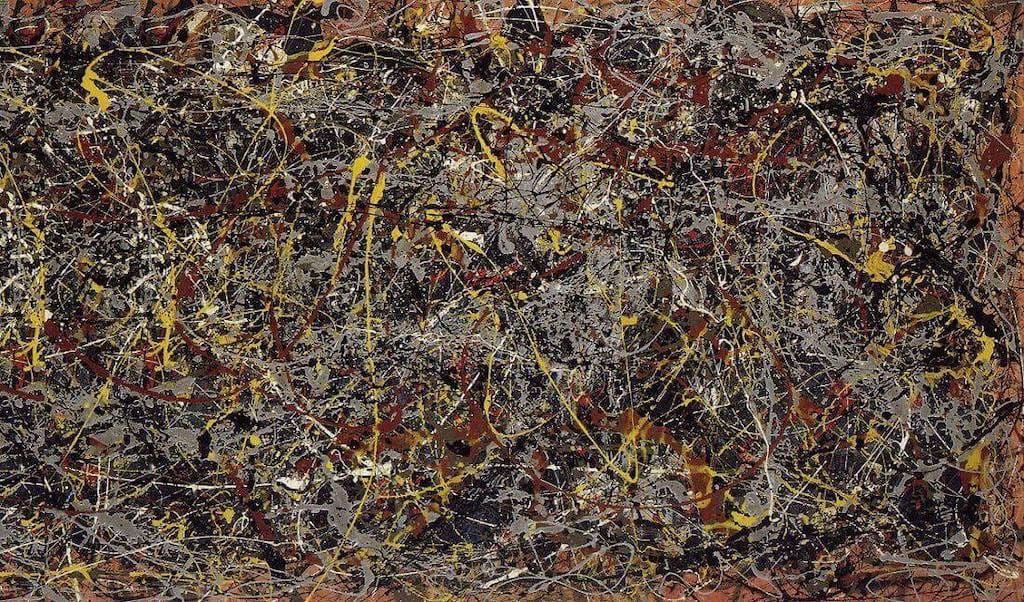
By laying his canvases on the floor and working from all sides, Pollock transformed painting into a physical act—something akin to performance. Works such as No. 5, 1948 are chaotic yet controlled, with layers of paint forming dense webs of colour and texture. Though his life was cut short by a car accident in 1956, Pollock’s radical approach expanded the possibilities of painting and influenced generations of artists who saw the creative process itself as art.
Andy Warhol: The Face of Pop Art
Where Pollock embodied raw expression, Andy Warhol mastered cool detachment. Born in Pittsburgh in 1928, Warhol began his career as a commercial illustrator before becoming the leading figure of the Pop Art movement in the 1960s. He blurred the line between high and low culture, drawing imagery from advertising, celebrity culture, and mass production.
Warhol’s works, from his Campbell’s Soup Cans to portraits of Marilyn Monroe, challenged the exclusivity of fine art by elevating everyday imagery. His studio, the Factory, became a hub for artists, musicians, and cultural provocateurs, reflecting his fascination with fame and consumerism. In many ways, Warhol anticipated today’s culture of image saturation and celebrity obsession, making his work as relevant now as it was in his own time.
Yayoi Kusama: Infinity and the Self
Born in 1929 in Matsumoto, Japan, Yayoi Kusama began creating art as a child, experiencing vivid hallucinations that inspired her later work. Moving to New York in the late 1950s, she immersed herself in the avant-garde scene, producing paintings, installations, and performances that challenged societal norms.
Kusama’s signature motifs—polka dots and mirrored surfaces—invite viewers into immersive environments that question the boundaries between self and universe. Works like her Infinity Mirror Rooms offer an almost spiritual experience of endless reflection and repetition. Now in her nineties, Kusama continues to produce art from her studio in Tokyo, her career a testament to the enduring power of individual vision.
Jean-Michel Basquiat: From Street to Gallery
The art world of the 1980s was shaken by the meteoric rise of Jean-Michel Basquiat. Born in Brooklyn in 1960, Basquiat began as a graffiti artist under the pseudonym SAMO, tagging cryptic messages on the streets of New York. His raw, graffiti-inspired canvases combined text, imagery, and symbolism drawn from African, Caribbean, and American culture.
Basquiat’s art was a fusion of personal narrative and social commentary, addressing issues of race, identity, and power. His collaborations with Warhol and his rapid ascent in the international art market made him a cultural phenomenon, but fame and pressure contributed to his untimely death at just 27. Today, his work commands record-breaking prices, and his influence can be seen in contemporary street art and beyond.
Cindy Sherman: The Artist as Chameleon
In a world increasingly dominated by images, Cindy Sherman has spent her career dissecting the construction of identity. Born in New Jersey in 1954, Sherman rose to prominence in the late 1970s with her Untitled Film Stills, a series of black-and-white photographs in which she posed as various archetypal female characters from imaginary films.
Sherman’s practice often involves elaborate costumes, prosthetics, and makeup, using herself as a model while simultaneously challenging the idea of the self-portrait. Her work examines how identity is shaped by media, gender roles, and cultural expectations. By blurring the line between photographer and subject, Sherman remains a pivotal figure in conceptual art and feminist discourse.
Ai Weiwei: Art as Activism
Few artists have bridged the worlds of art and activism as seamlessly as Ai Weiwei. Born in Beijing in 1957, Ai is the son of the celebrated poet Ai Qing, who was persecuted during the Cultural Revolution. Ai’s own career has been marked by confrontation with authority, using his art to challenge political repression and advocate for human rights.
His works range from large-scale installations, such as the 100 million handmade porcelain sunflower seeds at Tate Modern, to powerful documentary films. Ai’s willingness to confront social and political issues has led to imprisonment and exile, yet he continues to produce work that insists on art’s role as a tool for truth and justice.
Zanele Muholi: Visual Activism in the Twenty-First Century
While many influential artists of the past century emerged in earlier decades, the twenty-first century has its own rising voices, among them South African photographer Zanele Muholi. Born in Umlazi in 1972, Muholi describes themselves as a “visual activist,” using photography to document and celebrate Black LGBTQ+ lives.
Their ongoing series Faces and Phases is a powerful archive of portraits that asserts visibility and dignity for a community often marginalised or erased. By combining aesthetic beauty with political urgency, Muholi demonstrates that art remains an essential medium for representation and social change.
The Legacy of a Century
The past century’s most influential artists have not merely reflected their times—they have shaped them. Whether through the formal innovations of Picasso and Pollock, the deeply personal narratives of Kahlo, or the political provocations of Ai Weiwei, these figures have expanded the possibilities of what art can be. A common thread unites them: an unyielding commitment to their vision, even in the face of societal resistance or personal hardship. They have each, in their own way, challenged audiences to see the world differently, to question assumptions, and to engage with the pressing issues of their day.

